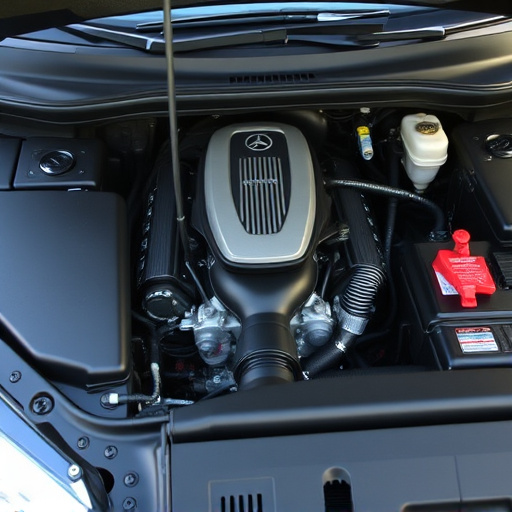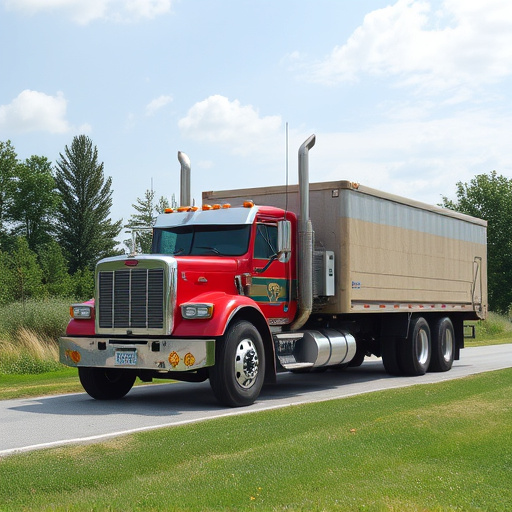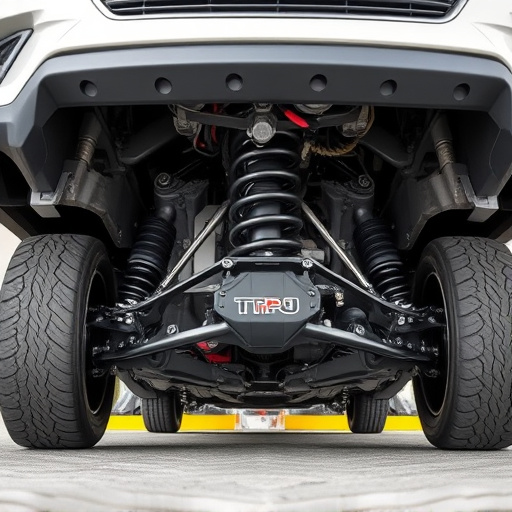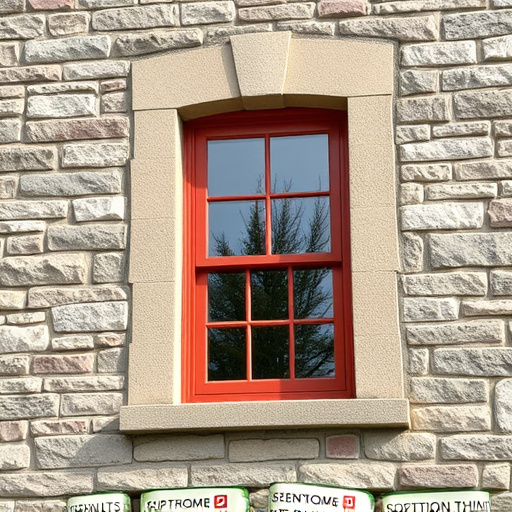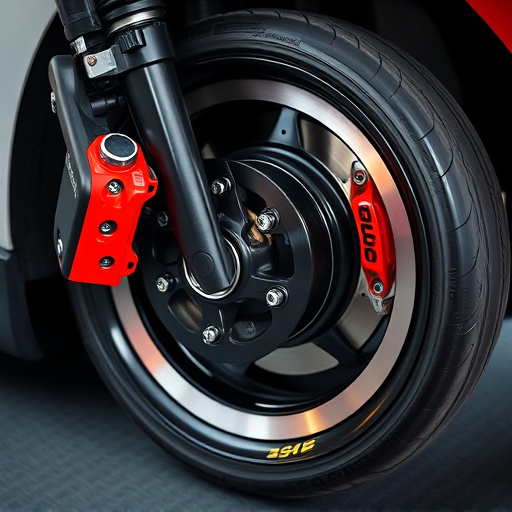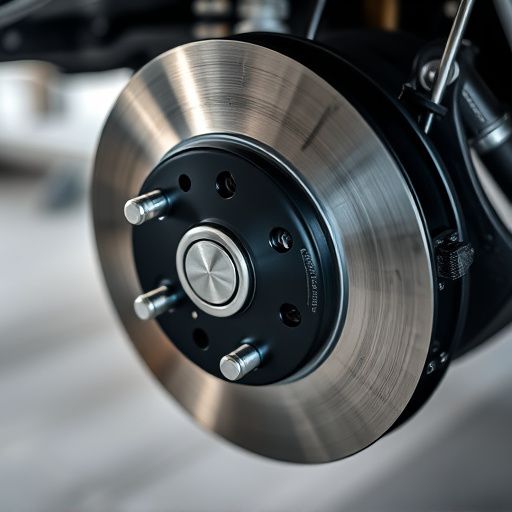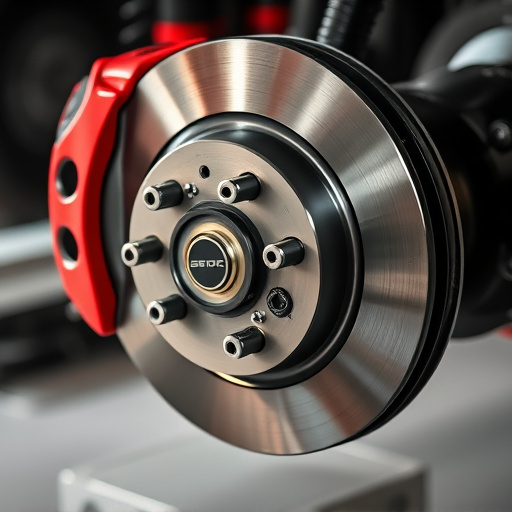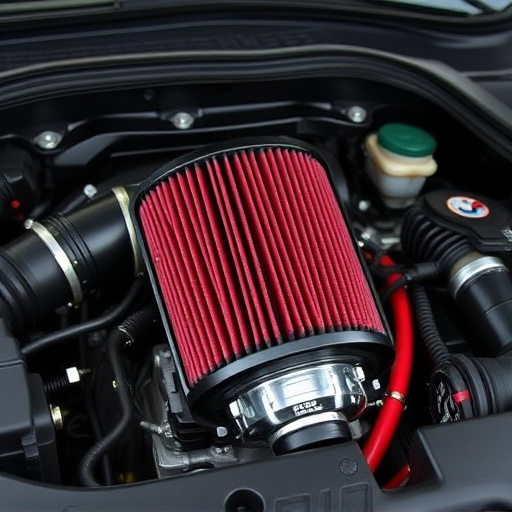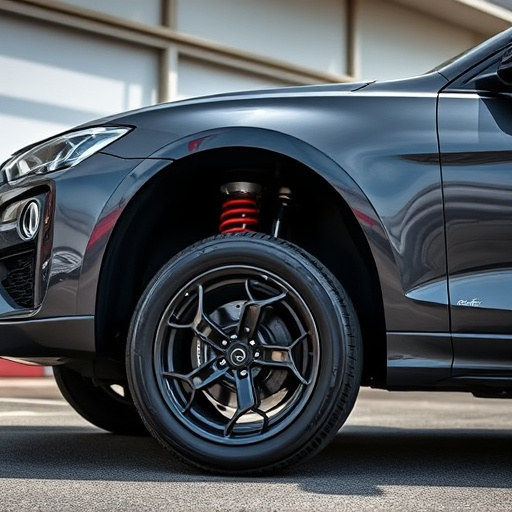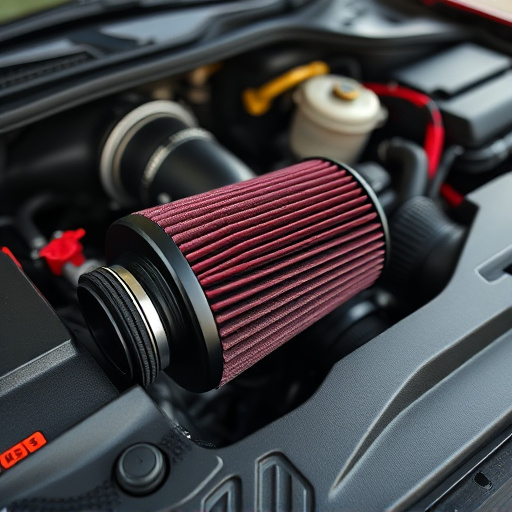Heat resistance is crucial for electronic exhaust cutouts, ensuring longevity and performance in vehicles by preventing wear and damage from extreme temperatures. Choosing materials like ceramic, specialized stainless steel, polycarbonate, or ABS enhances durability, corrosion prevention, and customization options, maintaining optimal vehicle dynamics, safety, and reliability over time. Stainless steel also offers aesthetic appeal, making it suitable for muffler tips.
When installing an electronic exhaust cutout, selecting heat-resistant materials is crucial for optimal performance and longevity. This article guides you through the process of understanding heat resistance in these components and highlights key factors to consider during selection. From ceramic to fiberglass, we explore popular choices tailored for electronic exhaust cutout applications, ensuring your vehicle’s cooling system remains efficient and reliable.
- Understanding Heat Resistance in Exhaust Cutouts
- Key Factors When Selecting Materials for Durability
- Popular Choices for Electronic Exhaust Cutout Applications
Understanding Heat Resistance in Exhaust Cutouts
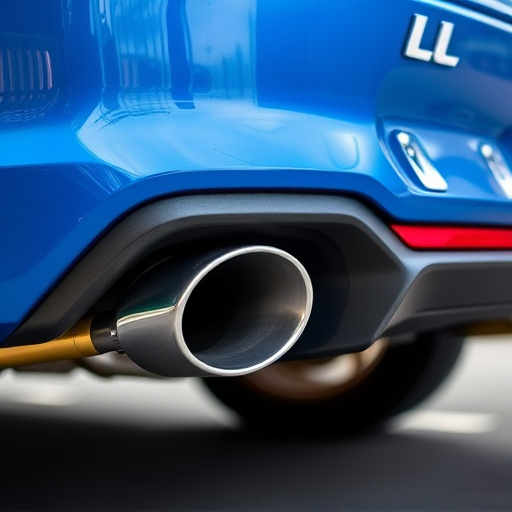
When it comes to electronic exhaust cutouts, heat resistance is a critical factor that determines the longevity and effectiveness of your install. These cutting-edge components are designed to manage and modulate exhaust flow within vehicles, enhancing both vehicle performance and air intake systems. Understanding heat resistance ensures you select materials capable of withstanding the extreme temperatures generated by exhaust systems, preventing premature wear and potential damage.
Heat-resistant materials play a pivotal role in maintaining the integrity of exhaust cutouts, especially in high-performance vehicles where engine temperatures can soar. The right choice guarantees optimal performance over time, ensuring your electronic exhaust cutouts function seamlessly without compromising safety or reliability. This is particularly essential when considering the intricate interplay between exhaust systems and overall vehicle dynamics.
Key Factors When Selecting Materials for Durability
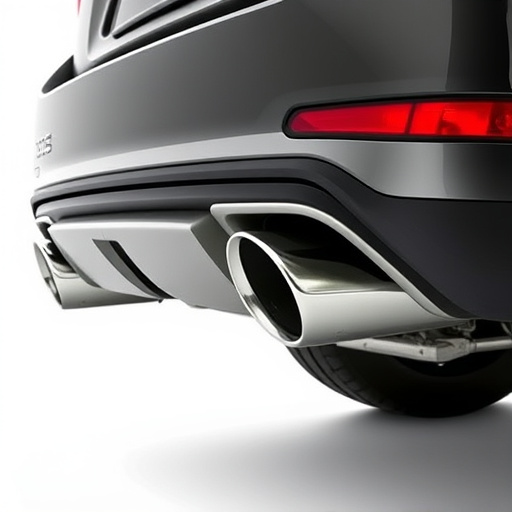
When selecting materials for electronic exhaust cutout installations, several key factors must be considered to ensure durability and longevity. First and foremost, the material’s resistance to high temperatures is crucial given the intense heat generated by vehicles’ performance exhaust systems. This is especially important in maintaining the integrity of air intake systems, which can be susceptible to damage from thermal expansion and contraction.
Amongst the options available, ceramic and specialized stainless steel are often recommended due to their exceptional heat resistance properties. These materials not only withstand extreme temperatures but also offer excellent corrosion resistance, a factor that’s vital for preventing premature wear and ensuring optimal vehicle performance over time. Additionally, considering the dynamic nature of automotive design and the need for customizable solutions, selecting materials that can be easily worked and formed is beneficial, allowing for more flexible integration into various vehicle models.
Popular Choices for Electronic Exhaust Cutout Applications
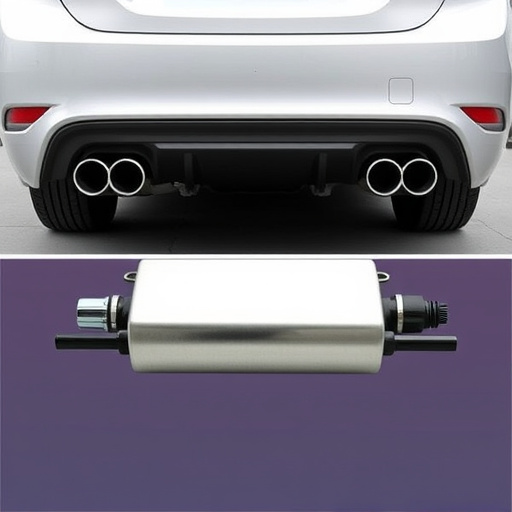
When it comes to electronic exhaust cutout applications, several materials stand out for their heat resistance and effectiveness. Among the popular choices are high-temperature resistant plastics like polycarbonate and ABS, which offer excellent durability and insulation against intense heat generated by performance air filters. These materials are particularly useful in designs that require a sleek profile, as they can be molded into complex shapes without compromising structural integrity.
Additionally, stainless steel is another favored option due to its superior corrosion resistance and ability to withstand high temperatures, making it ideal for installations involving muffler tips and suspension kits. The material’s strength-to-weight ratio ensures robust performance while keeping weight to a minimum, which is crucial in automotive applications. Its aesthetic appeal also aligns well with modern vehicle designs, enhancing the overall look of exhaust systems, especially when paired with stylish muffler tips.
When selecting materials for electronic exhaust cutout installations, prioritizing heat resistance ensures optimal performance and longevity. By understanding heat resistance and considering key factors like temperature ratings and material composition, you can choose the best options for your application. Popular choices among these materials include stainless steel, aluminum alloys, and specialized composites designed to withstand high temperatures, making them ideal for electronic exhaust cutouts.


